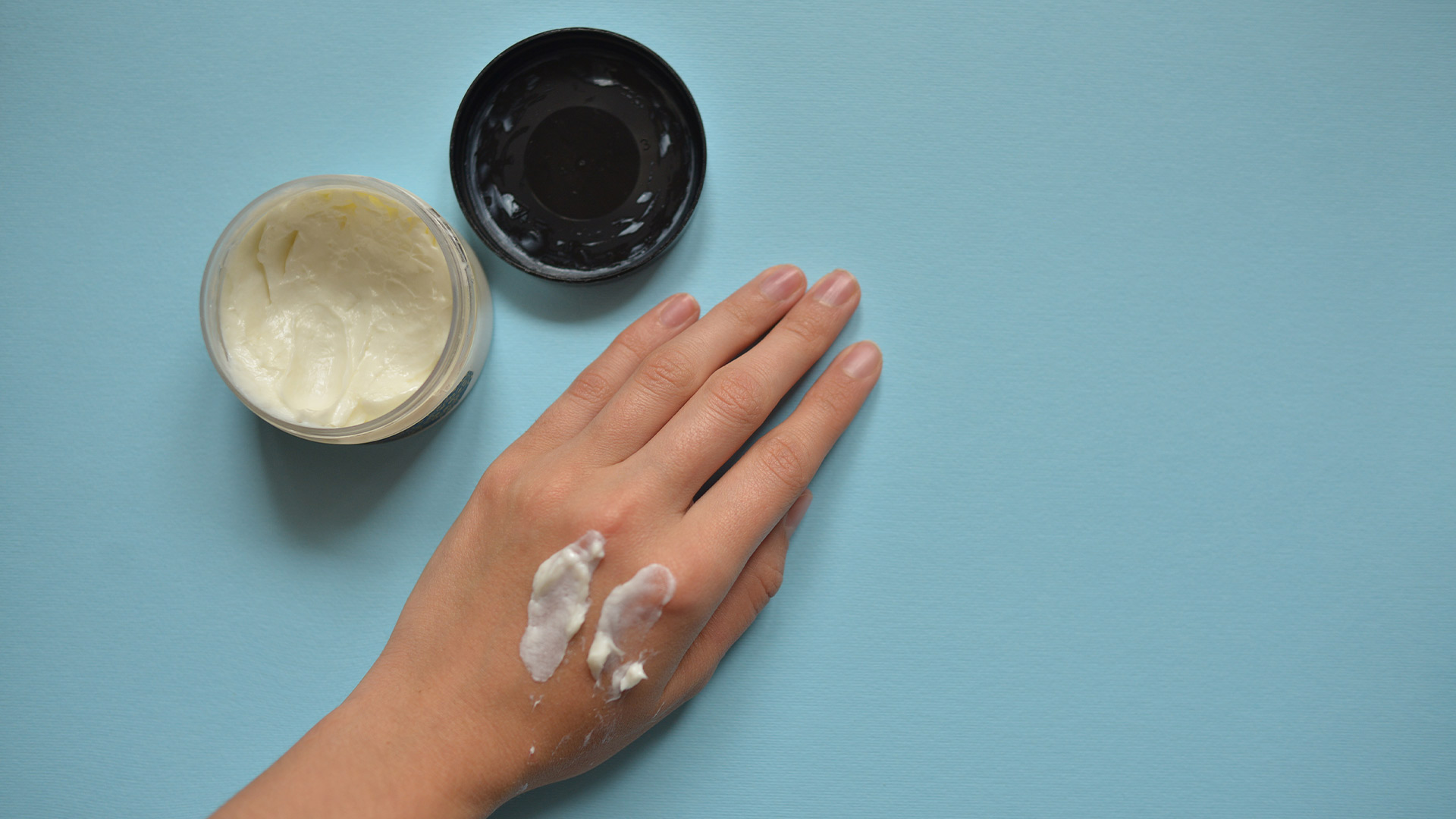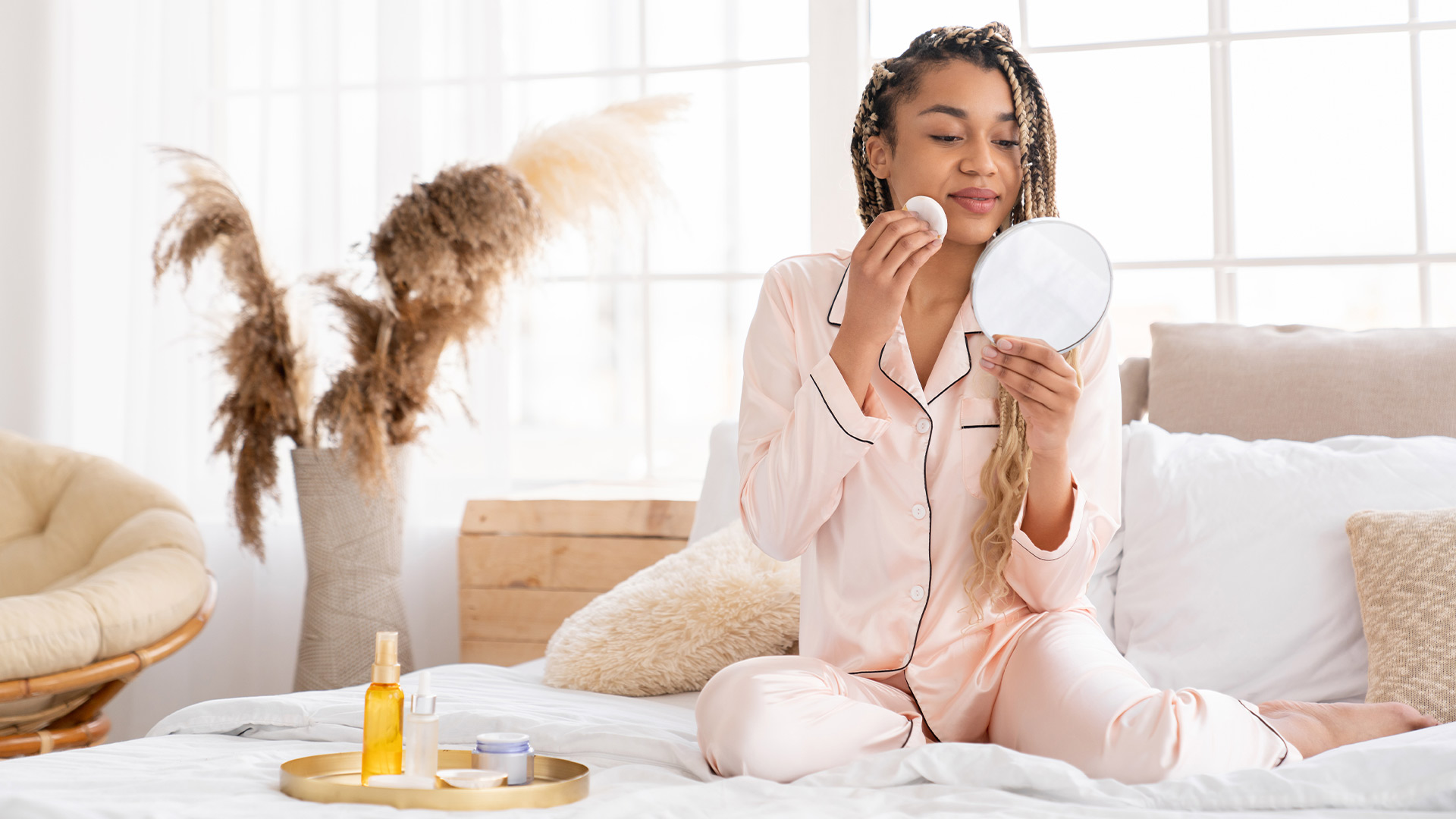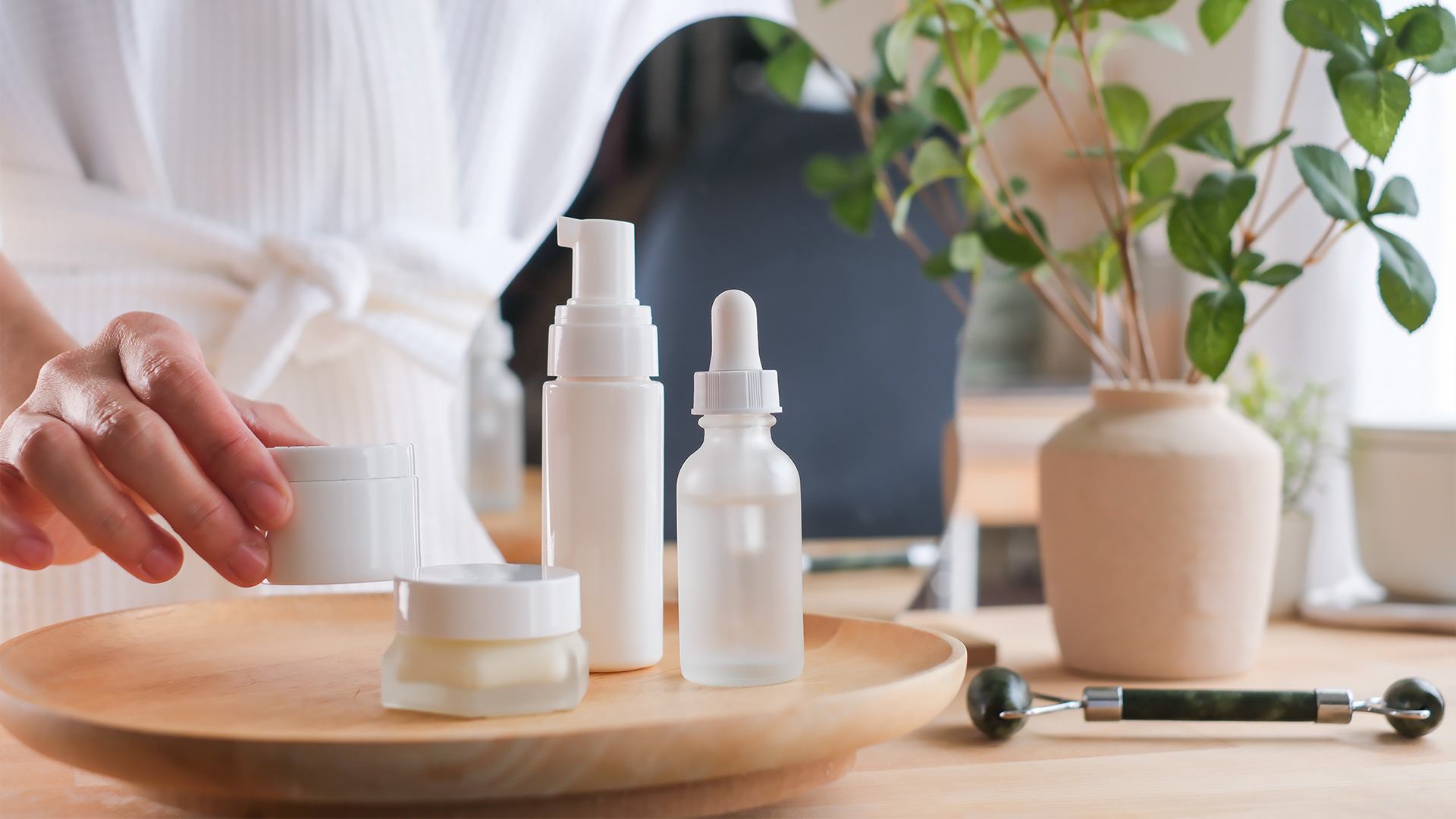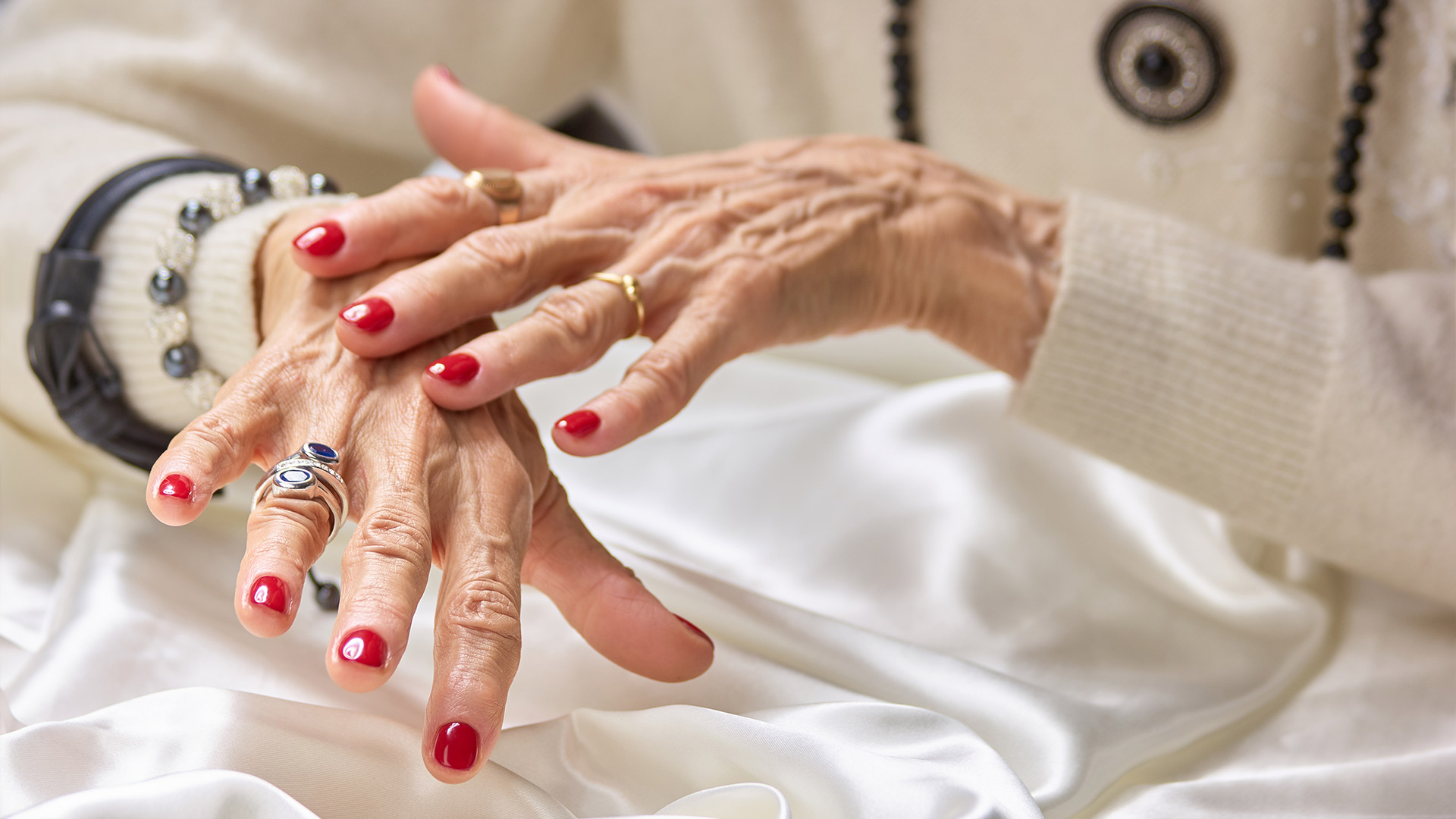If your morning skincare routine is the opening act, then your nighttime routine is the main event. While you're sleeping, your skin gets busy—repairing, regenerating, and basically doing all the heavy lifting. So if you're not giving it the tools it needs to do its job... well, you’re missing out on some serious glow potential.
The good news? You don’t need a 10-step routine or a bathroom that looks like a mini Sephora. You just need the right habits—and a little consistency. Here are the nighttime skincare habits that actually make a difference in keeping your skin youthful, firm, and glowing.
Never (Ever) Sleep with Makeup On
Let’s start with the most obvious (but most broken) rule: remove your makeup before bed. Yes, even if you’re tired. Yes, even if it’s “just BB cream.” Sleeping in makeup clogs pores, traps pollution, and basically invites free radicals to a slumber party on your face. Over time, it can lead to dullness, breakouts, and—you guessed it—faster aging.
Habit hack:
Keep micellar water and cotton pads by your bed for those "I can’t even" nights. Ideally, though, aim for a double cleanse: oil cleanser first to break down makeup, then a gentle water-based cleanser to finish the job.
Cleanse—Like You Mean It
Even if you don’t wear makeup, cleansing properly at night is non-negotiable. Your skin collects a cocktail of dirt, sweat, sunscreen, and pollution during the day. Leaving it all on your face overnight? Not a great idea.
Pro tip:
Use lukewarm water (hot water strips your skin) and take your time—no 10-second rinse-and-dash. Gently massage in your cleanser for at least 30 seconds. Treat your face like you would a silk blouse, not a dirty dish.
Apply Actives When Your Skin Is Ready to Work
Night is the perfect time to use powerhouse ingredients like retinol, AHAs, peptides, or niacinamide. Why? Because your skin is in repair mode, and these actives can work without battling sun exposure or pollution.
Common night actives:
- Retinol: boosts collagen and reduces wrinkles
- AHAs (like glycolic or lactic acid): exfoliate and smooth
- Peptides: help rebuild and firm skin
- Niacinamide: calms, strengthens, and evens out tone
Important:
Start slow with actives. Use only one strong active per night to avoid irritation, and always follow with moisturizer.
Moisturize Generously (Even If You’re Oily)
At night, your skin loses more water than during the day. It’s called transepidermal water loss, and it can leave your skin feeling dry and tight come morning. A good night cream helps lock in hydration and keeps your skin barrier strong.
For dry skin:
Go for thicker creams with ceramides, shea butter, or squalane.
For oily skin:
Use a gel or lightweight moisturizer. Yes, you still need it—hydration and oil are not the same.
Cute metaphor:
Think of your moisturizer as a cozy blanket for your skin. Even if you run warm, everyone sleeps better under a blanket.
Use an Eye Cream—Yes, It’s Worth It
The skin around your eyes is thinner and shows signs of aging faster than the rest of your face. Night is a great time to treat puffiness, dark circles, or fine lines.
Key ingredients to look for:
- Peptides (for firming)
- Caffeine (for depuffing)
- Retinol (for wrinkles—use gently)
- Hyaluronic acid (for plumping)
Quick fix:
Gently tap the product in with your ring finger. It’s the weakest finger and won’t tug the skin.
Sleep on a Clean Pillowcase
It sounds basic, but your pillowcase can be a secret skin saboteur. Oils, bacteria, and leftover hair products build up quickly. That grime rubs against your face for 7–8 hours straight. Not exactly ideal.
Upgrade move:
Switch to a silk or satin pillowcase—they’re gentler on skin and help prevent creases. Wash your pillowcase at least once a week. Twice is even better.
Keep Your Bedroom Skin-Friendly
Yep, your environment matters. Dry air, especially in winter or in air-conditioned rooms, can suck the moisture out of your skin.
Tips for a skin-friendly sleep zone:
- Run a humidifier if the air is dry
- Keep the room cool (around 65°F/18°C is ideal for both sleep and skin)
- Try to sleep on your back to avoid squishing your face into your pillow
Bonus:
Dim the lights and shut off screens before bed—blue light can mess with your melatonin and your skin’s repair cycle.
Don’t Skip Your Neck and Chest
These areas are often ignored, but they age just like your face—sometimes faster. Extend your nighttime routine downward and show your neck and décolletage some love.
Routine:
Cleanse, treat, moisturize, and SPF (in the morning). You don’t need separate products—just use what works for your face.
Little tip:
When applying products, always move upward—gravity already has enough help.
Keep It Consistent, Not Complicated
You don’t need an Instagrammable shelf of 30 products. What really matters? Doing the basics consistently. That’s where the real magic happens.
A solid nighttime routine might look like this:
- Remove makeup
- Cleanse
- Apply treatment (if using one)
- Moisturize
- Eye cream
- Sleep (at least 7–8 hours!)
That’s it. No LED helmet required.



